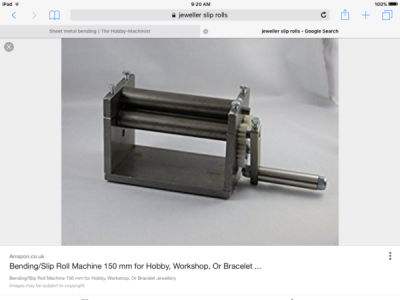Oddly enough, I have done this before. Not for a travelling display, but to make reproduction "speaking tubes" for an 1890 Victorian mansion.
I don't have the dimensions here at home, but I recall very well how we made them:
-sheet metal hot air ducting, tin plated from the 1950's, about 22ga maybe, three foot lengths
-wooden 4x4 with a half-round groove routed down the length of one side
-ball peen hammer
-wooden broom handle (of the right diameter for finished tubes, about 3/4" or so, maybe a bit larger)
-14 gauge copper wire
-butane torch with flux and solder
Compute the desired circumference, including an allowance for a soldered seam overlap. Cut the ducting into those widths and as long as you feel like trying. We were able to do full 3' lengths. Lay one strip over top of the grooved 4x4, and using the peen end of your ball peen hammer, forcibly work it lengthways on top of the sheet metal to start forcing it into the groove. This gives you a start in getting a tube shape established.
After you've got kind of a tube going, move to the broom stick which should be either mounted in a vise or clamped to a sawhorse. You want it horizontal, and with clearance to work around it. Put your rough tube shape over the stick, have a buddy clamp it firmly with his hands, and you take the copper wire and tie it in various intervals around the broomstick to keep it closed. When you're happy that it's even and as snug as you can safely make it, flux the joint and solder the seam closed. With any luck, it will slide right off the stick afterwards and you'll be holding a very nice, soldered-seam, lightweight tube.
Make sense? I've still got some at work so I could check dimensions as well as metal gauge that we used when I go back if you want. Possibly get a picture or two, but I'm not sure how much I have left over that's not installed into the walls already.
-frank
I should probably clarify, a "speaking tube" was the residential equivalent of shipboard communication tube systems. Allowed servants to (supposedly anyway) communicate throughout the house by talking through these things that were stationed around. My gut feeling says they were probably not very effective, but I can't say for sure.
-f


